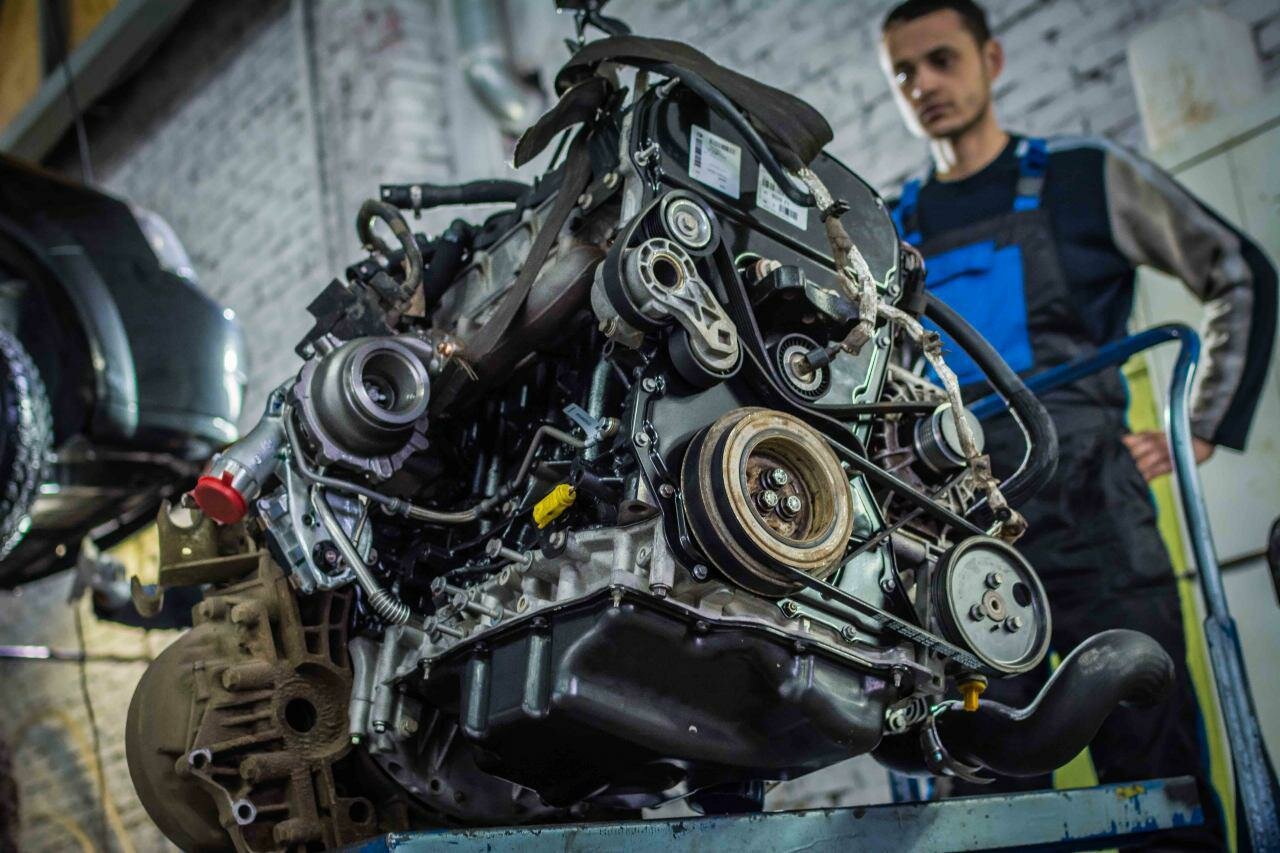Chevy Equinox 3.6 Engine Overview
A Brief History
The Chevy Equinox made its debut in 2004 as a compact crossover SUV, quickly gaining popularity for its spacious interior, comfortable ride, and versatility. Over the years, it has undergone several redesigns and updates, with the 3.6-liter V6 engine being introduced in the 2010 model year. This engine option was aimed at providing a balance of power and efficiency, appealing to drivers who required more performance than the standard four-cylinder engine could offer.
The 3.6-liter engine, part of GM’s High Feature V6 family, was designed to deliver a robust 301 horsepower and 272 lb-ft of torque. This made the Equinox a strong contender in its class, especially for those who needed the capability to tow or navigate hilly terrains. However, as with many vehicles, the introduction of this engine was not without its share of problems.
While the Equinox has been praised for its overall design and features, the 3.6-liter engine has garnered attention for various issues that have surfaced over the years. These problems can range from minor inconveniences to significant mechanical failures, impacting the reliability and longevity of the vehicle. Understanding these issues is crucial for current and prospective owners, as they can affect not only the performance of the Equinox but also the safety and financial implications of ownership.
In the following sections, we will delve into the specific problems associated with the Chevy Equinox 3.6 engine, providing a clear and straightforward analysis of what owners can expect and how they can address these challenges.
Common Issues with the Chevy Equinox 3.6 Engine
The Chevy Equinox 3.6 engine has been a popular choice for many drivers seeking a balance of power and efficiency. However, it is not without its share of problems. Understanding these issues can help owners make informed decisions about maintenance and repairs.
Engine Overheating
One of the most reported issues with the 3.6 engine is overheating. This can be attributed to several factors, including:
- Cooling system failures
- Faulty water pumps
- Clogged radiators
Overheating can lead to severe engine damage if not addressed promptly. Owners should monitor the temperature gauge and check for coolant leaks regularly.
Oil Consumption
Excessive oil consumption is another significant problem associated with the 3.6 engine. Many owners have reported needing to add oil between changes, which can indicate:
- Worn piston rings
- Leaking gaskets
- Faulty valve seals
This issue not only affects performance but can also lead to more severe engine problems if left unchecked.
Timing Chain Issues
The timing chain in the 3.6 engine is known to stretch over time, leading to potential failure. Symptoms of timing chain issues include:
- Rattling noise from the engine
- Check engine light activation
- Engine misfires
A failing timing chain can result in catastrophic engine damage, making it crucial for owners to address any signs of trouble immediately.
Fuel Injector Problems
Fuel injector issues can also plague the 3.6 engine, leading to poor fuel economy and performance. Common symptoms include:
- Engine stalling
- Rough idling
- Decreased acceleration
Clogged or malfunctioning fuel injectors can lead to more extensive engine problems if not resolved.
Table of Symptoms and Consequences
| Symptom | Possible Consequence |
|---|---|
| Overheating | Severe engine damage |
| Excessive oil consumption | Engine wear and potential failure |
| Rattling noise from engine | Timing chain failure |
| Engine stalling | Loss of power and control |
Top views |
|
|---|---|
 |
Oil, Timing Chains, Pistons: What Really Kills an Engine Prematurely? |
 |
How to Choose a Car with a Reliable Engine: Used Car Market Hacks That Actually Work |
Conclusion
The Chevy Equinox 3.6 engine has its fair share of problems that can affect performance and reliability. Owners should be vigilant in monitoring symptoms and addressing issues promptly to avoid costly repairs and ensure the longevity of their vehicles. Regular maintenance and awareness of potential problems can make a significant difference in the ownership experience.




0 Comments